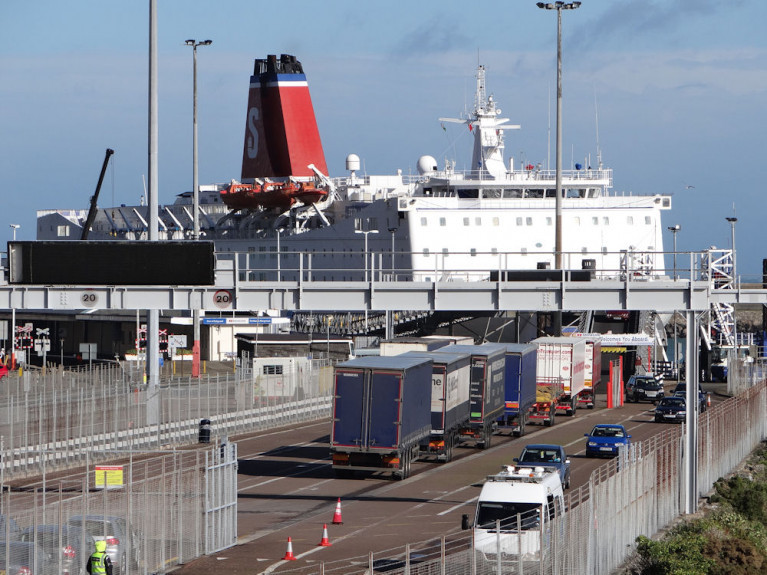Displaying items by tag: ferry firm
Operator Stena Line Remains 'Committed' to Welsh Ports Despite Brexit Slump in Freight Trade
Ferry firm Stena Line says its remains "committed" to Holyhead and Fishguard ports despite a slump in trade after Brexit.
As BusinessLive reports, the UK's exit from the EU has seen trade diverted away from both the ports - with hauliers instead choosing direct Ireland - mainland EU routes or services via Northern Ireland.
Figures from the Irish Maritime Development Office (IMDO) shows trade from Dublin to Holyhead and Liverpool was down 19% this year (compared to 2020) and 30% on the two routes from Rosslare in south-east Ireland to the Welsh ports of Fishguard and Pembroke.
Meanwhile trade between Northern Ireland and GB was up 17% and direct freight trade between Ireland and the rest of EU up 50%.
Stena Line told Business Live that trade is down 30% at its Welsh ports and that it was apparent that "Brexit is not just a short-term issue".
The firm is now preparing for checks to be introduced at the UK side but said it was committed to the ports in Wales.
Ian Davies, Head of UK Ports, Stena Line, said: "2021 has undoubtedly been a very difficult year for freight and tourism through our Welsh ports, as we expected it would be.
"Travel volumes continue to improve but freight has not been helped recently by the bad weather, which has further lowered freight levels.
For more, scroll down the page here.




























































